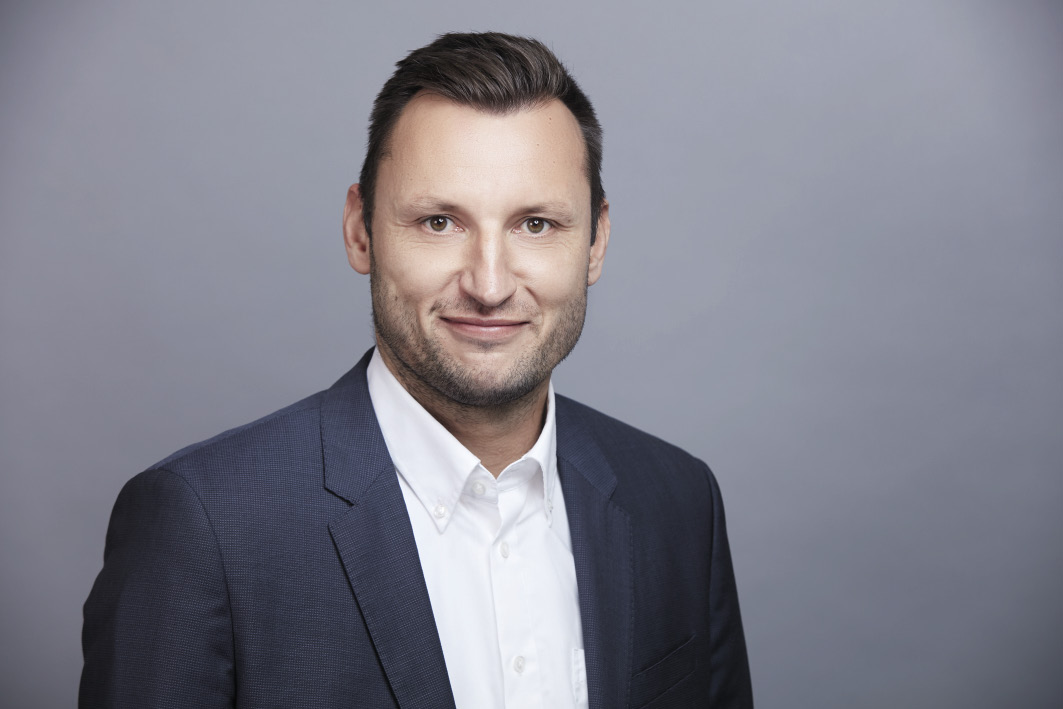Can you explain the process that IB Vogt goes through to select a tracker supplier?
What we generally do is first look at the project location as the base case scenario. The selection criteria are of course restricted, but not limited in terms of project timelines, site conditions, layout aspects, logistics and supply chains. We are very much an environmental company, and we consider our footprint with our supplier portfolio. This means that when we are doing projects in Asia, our main supplier portfolio shall be located or at least produce in Asia; if we do business in Europe, we aim to remain with a European portfolio. This reduces the supply chain risk and the environmental footprint. In the end, we want to strengthen the regional markets and support the local industry. Whether we do business in the Netherlands or Indonesia, if we can buy locally produced materials, we aim to do that.
Of course, but even when limit yourself to local suppliers, you are still left with a big selection, as there are many tracker suppliers in the United States, Europe and Asia. How do you determine which one should be your supplier?
Some of the key criteria are the assembly speed of a tracker, quick supply after receiving the Notice to Proceed, the track record, and even benchmarking, if competitors choose the tracker solution for their projects.
And since you have such a diverse supplier portfolio resulting from activity all over the world, what can you tell us about quality concerns in the business?
For steel components, we look [at] the origin of the material. There you have a relatively small availability in the market. The strongest key suppliers provide high-quality steel components, amazing quality zinc cover for long-lasting guarantee purposes, and we recognize this as a core milestone of decision making to choose A, B or C as our supplier. So raw material is a key item for the [quality] selection of the supplier.
What about bankability? Do you test that?
Well, we have repeatable questionnaires to ensure all bankability criteria raised by banks, lenders and technical advisors will be considered and are available at any stage of a project. Based on these underlying criteria, we always check the balance sheets, conduct audits, review supply chain expertise and look at the quality of staff. In detail that means that we check what the engineering looks like, what the team backgrounds are and what the general experience is in the industry.
IB Vogt has been working with Arctech Solar for trackers and mounting structures. How long have you been installing their products?
Working together usually starts with relationships. And of course, you meet once, and you don’t always do business together the day after you first meet. It is always a process. I traced Arctech for a couple of years and we decided two years ago to utilize them in one of our Asian projects. To date, we are working on three projects. The first project is grid-connected, a second one about to run and a third project is currently under construction.
Can you tell us about tracker markets more generally? Where do you currently see the most potential?
The tracker market is relatively new in comparison to the PV industry. We recognized tracker technology industrially and commercially some years ago, especially while developing projects in the United States. The global market potential is enormous, and we estimate the potential for trackers [at] about 120 GW to 150 GW over the next five years. There is potential all over the world, even under climate conditions we never expected, to see a moving single-axis tracker solution – thanks to bifacial technology.
This content is protected by copyright and may not be reused. If you want to cooperate with us and would like to reuse some of our content, please contact: editors@pv-magazine.com.

